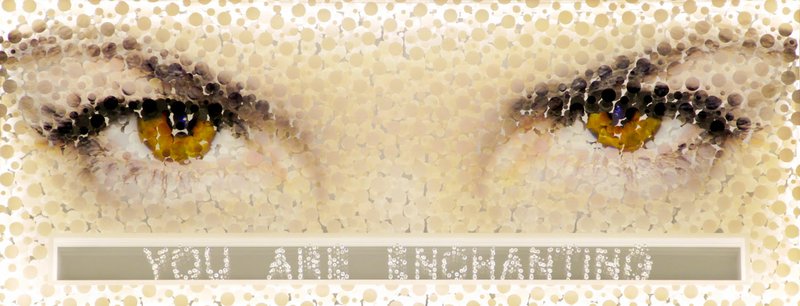Is the act of looking a choice or a compulsion? How about seeing? Are they the same?
"We are used to consuming so much information, much of it about what is happening in the world -- things that are unjust or tragic or beyond our control -- consuming so much that we often don't take in the meaning. We often look at so much that we don't see what is going on," says Alice Gray Stites.
FAQ
‘Seeing Now’
WHEN — On display through end of 2017
WHERE — 21c Museum Hotel in Bentonville
COST — Free
INFO — 286-6500, 21cmuseumhotels.com…
Stites is the curator of "Seeing Now," the 21c Museum Hotel in Bentonville's new exhibition that considers relationships between perception and interpretation. Bringing together more than two dozen works across mediums and depicting myriad subjects, "Seeing Now" uses art and technology to reveal ways in which internal and external conditioning have affected how humanity reacts to and derives meaning from what we cannot -- or choose not to -- see.
"The show really ranges from work that offers strong critiques about discrimination, injustice, conflict and the costs and causes of those conflicts, to being a meditation on simply what we don't see. And that can be as thought-provoking as it is lyrical and beautiful," Stites offers.
Technology's changing role in daily life and its influence on what people are exposed to -- social media algorithms presenting opinions and feedback that predominately align with existing beliefs; overexposure to disturbing news to the point of apathy -- is another major theme in the exhibition. Several of the artworks require the viewer to use technology while interacting with the work in order to receive the message. Or the work itself uses technology to connect with the viewer.
"When we're looking at something, the average person gives the average work of art around 30 seconds [because] we're constantly jumping from one thing to the next," Stites says while discussing a technology-based piece in the show. "Zero Noon" is a clock run on Internet refresh statistics, thus providing a wealth of information while encouraging a pause to interact. "So I think there is the potential for technologies to do both, and it's interesting to explore that.
"It's also interesting to think about the kinds of technologies used in warfare, surveillance, chemicals -- what we don't see about what goes on in the world," she continues. "I think the more we do begin to see and make that choice to really look, we can start conversations to make some change or at least connect."
Stites suggests that although the state of the world and the art exploring it can often be complicated and disheartening, the presence of art and artists willing to challenge the malaise is cause for hope. This optimism also exists in the exhibition in the form of pieces that regard the beauty of the individual, or consider people and places when we are absent from them.
"These artists are actually playing with how we literally sometimes can't see what's right in front us, and by manipulating the way the viewer moves toward or around the piece, they expand your visual powers," Stites says. "If the exhibition encourages audiences to look a little longer, look a little closer and connect what they're seeing to [an aspect of] their own life, it would be a successful exhibition. Any exhibition that sparks curiosity and conversation is a good one."
NAN What's Up on 02/24/2017
